Public Gallery
Discover amazing geo history events created by our community
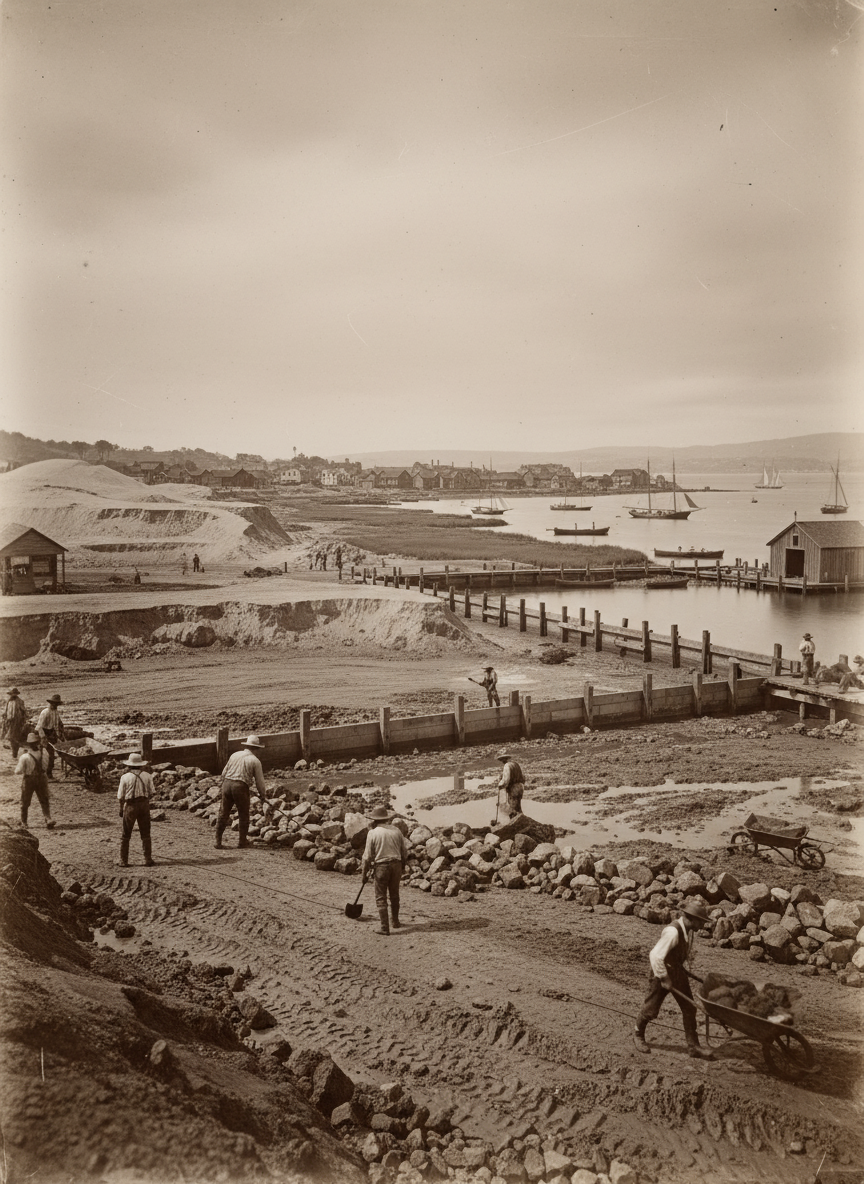
The Yerba Buena Cove Reclamation Project
In the early 1800s, the Yerba Buena Cove in what is now downtown San Francisco was a shallow inlet surrounded by marshlands. As the city grew, the cove was gradually filled in with landfill to create new land for development. This process, known as the Yerba Buena Cove Reclamation Project, transformed the landscape and laid the foundation for the modern financial district. The project involved cutting down sand dunes, draining wetlands, and building retaining walls to hold back the tides, paving the way for the construction of piers, warehouses, and other commercial structures that would shape the city's future.
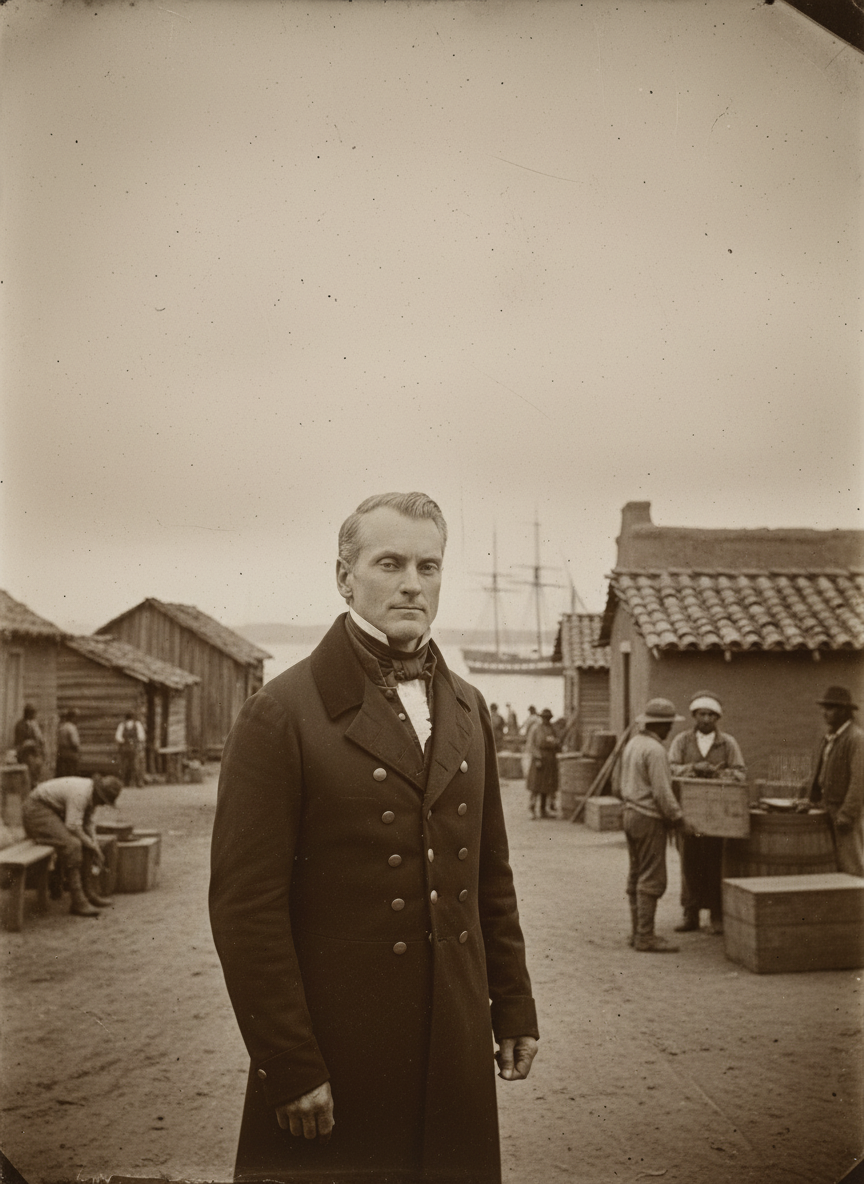
The Rise and Fall of Yerba Buena
In the early 1800s, a small settlement known as Yerba Buena emerged on the shores of the San Francisco Bay. The settlement was founded by Mexican settlers and grew into a thriving trading post, attracting merchants and mariners from around the world. However, Yerba Buena's fortunes shifted dramatically in 1846 when the United States annexed California. The settlement was renamed San Francisco, and it quickly became a hub of the California Gold Rush, transforming from a sleepy outpost into a bustling metropolis. The rise and fall of Yerba Buena is a fascinating chapter in the history of San Francisco, showcasing the rapid changes that can occur in a rapidly growing frontier town.
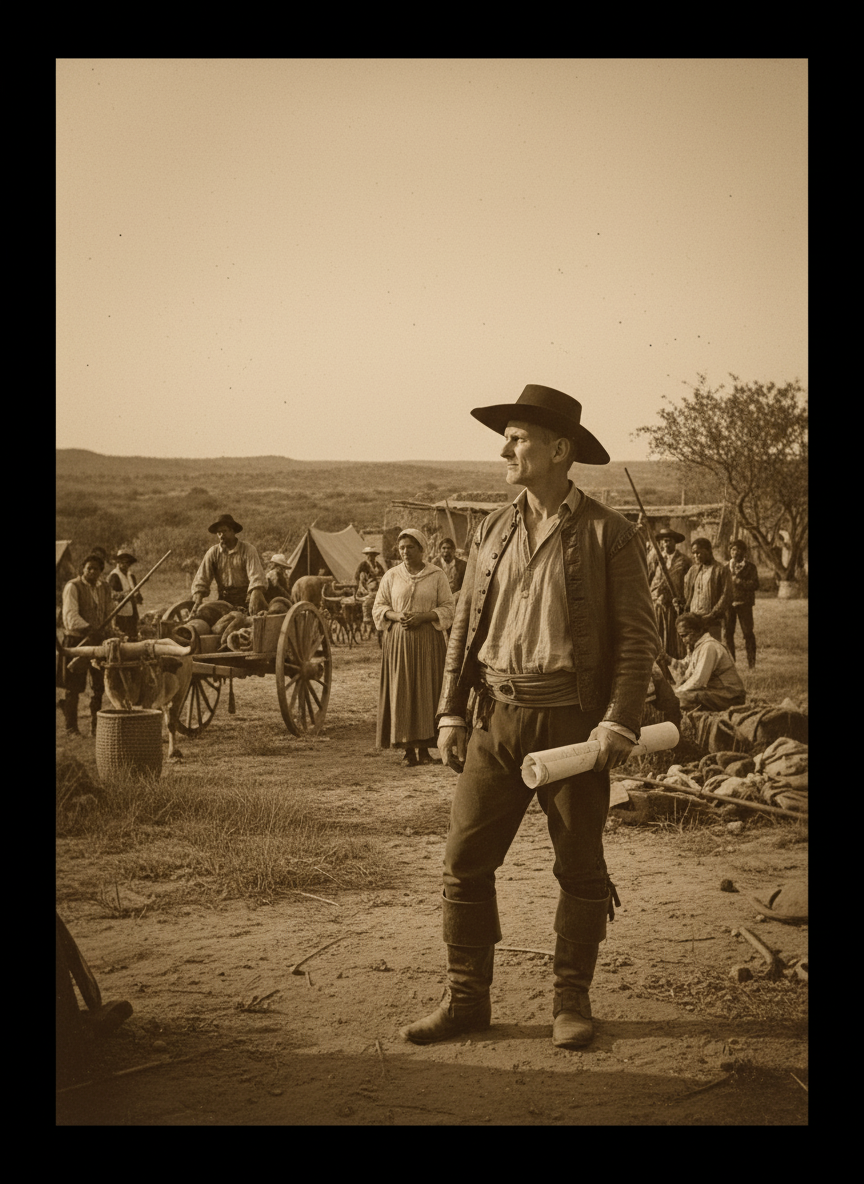
The Arrival of the De León Colony
In 1731, the De León Colony, led by Martín de León, established a settlement near this area, becoming one of the first Spanish-Mexican colonies in Texas. Martín de León, a prominent Mexican rancher and empresario, received a land grant from the Spanish government to bring a group of families to the region, with the goal of expanding the Spanish presence and controlling the area. The colony played a significant role in the early development of the region, laying the foundation for the future city of Jourdanton and the surrounding communities.

The Siege of Granada
In 1838, the city of Granada, Nicaragua was besieged by rebel forces led by Francisco Castellón. The siege lasted several months and ended in a victory for Castellón's forces, who captured the city and established a new government. This event was a significant moment in Nicaragua's history, as it marked the beginning of a period of political instability and civil war that would last for decades. The siege was a testament to the bravery and determination of the Nicaraguan people, who fought to defend their homeland against the forces of change and upheaval.
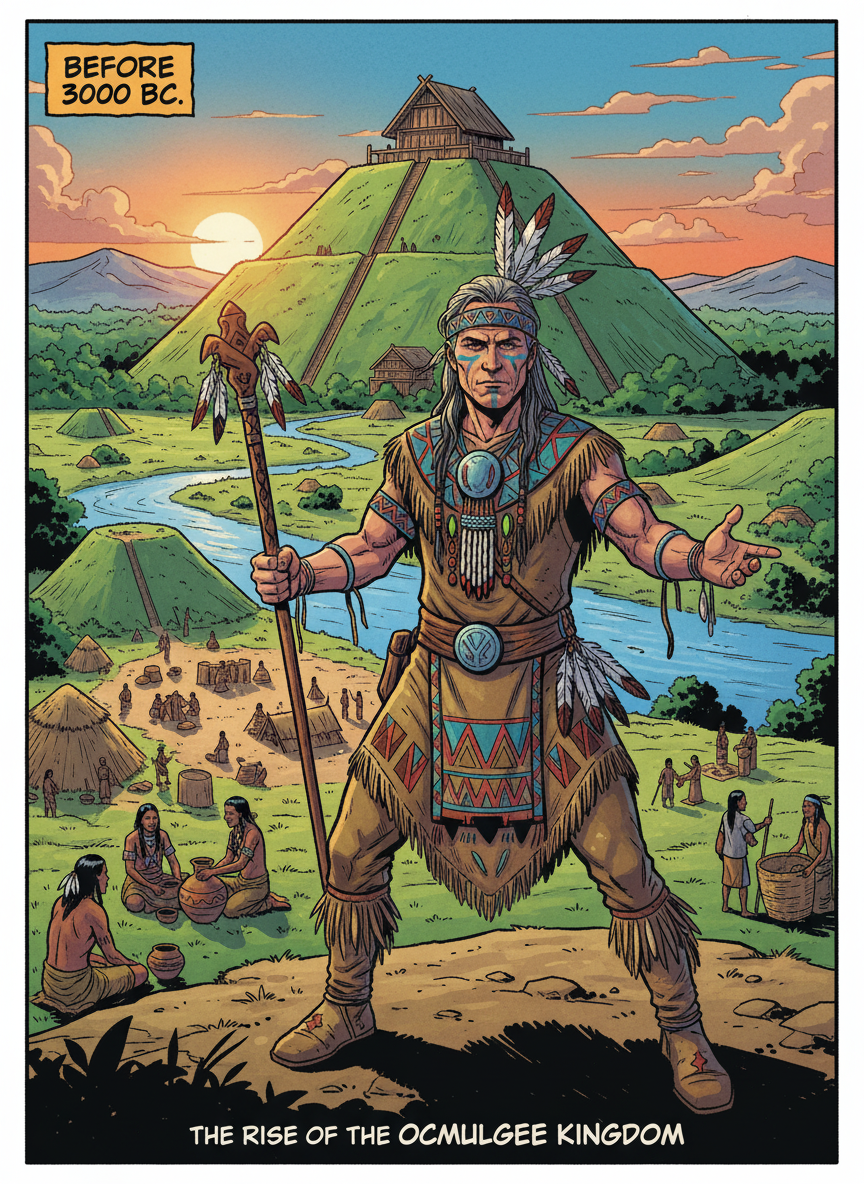
The Rise and Fall of the Ocmulgee Kingdom
Long before the arrival of European settlers, the area around modern-day Macon was home to the powerful Ocmulgee Kingdom. This ancient Native American civilization flourished for centuries, establishing a sophisticated culture and complex political system. The Ocmulgee were known for their intricate earthworks, including vast temple mounds and ceremonial plazas. However, the kingdom's golden age came to a tragic end in the 1600s, as disease and conflict with encroaching colonial powers decimated the population. Today, the Ocmulgee National Monument preserves the remains of this once-mighty civilization, offering a glimpse into the rich history of the region.
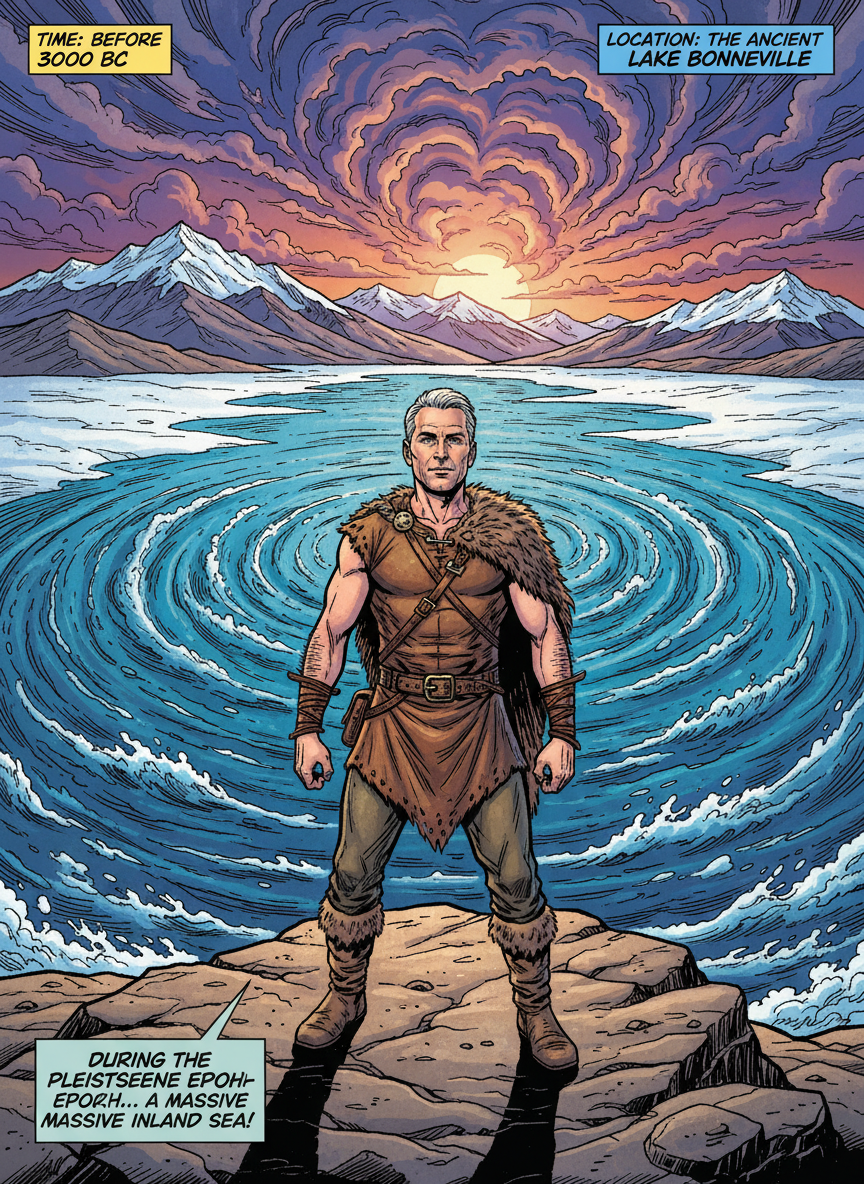
The Ancient Lake Bonneville
During the Pleistocene epoch, a massive prehistoric lake, known as Lake Bonneville, covered much of what is now Utah, including the area around Park City. This ancient lake reached its maximum depth of over 1,000 feet around 18,000 years ago, eventually draining catastrophically through the Red Rock Pass in southern Idaho. The shoreline remnants of this vast inland sea can still be seen in the form of wave-cut terraces and expansive salt flats, providing a glimpse into the region's geological past and the dramatic environmental changes that have shaped the landscape over thousands of years.
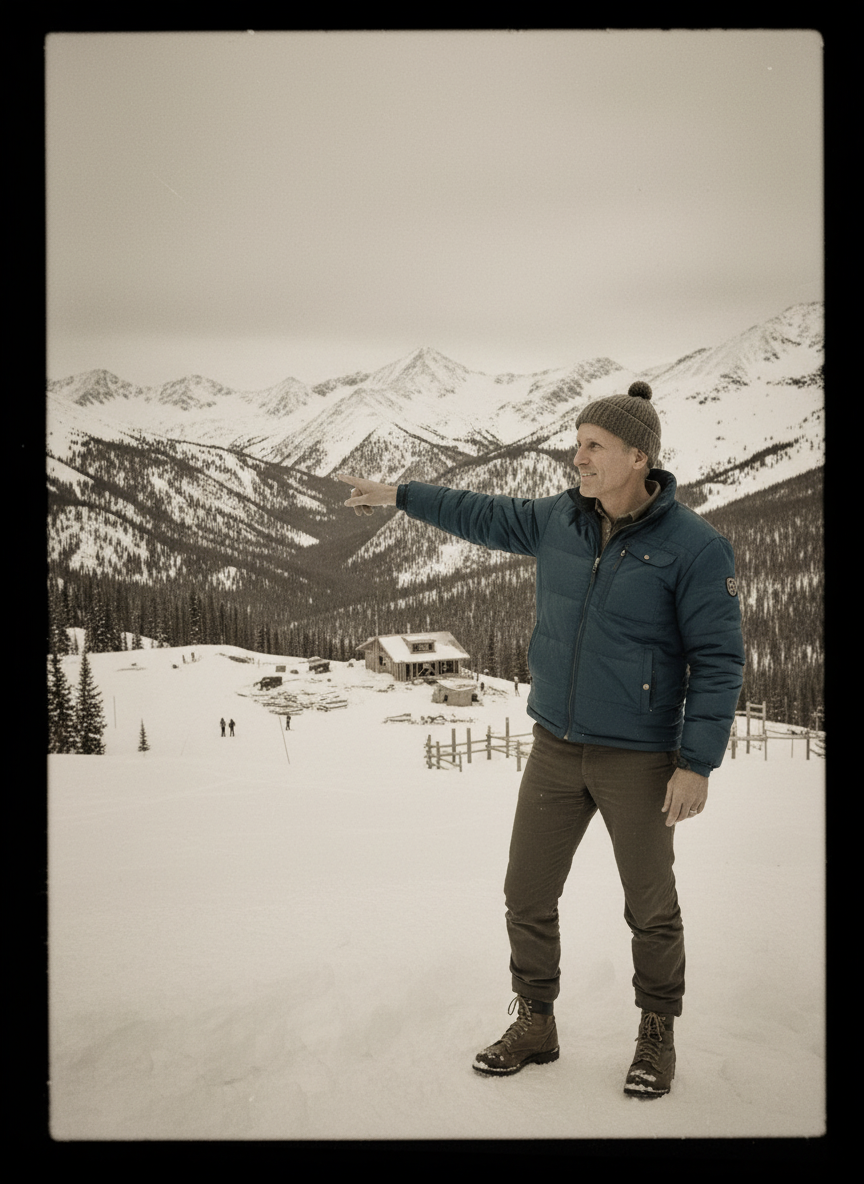
The Founding of Snowbird Ski Resort
In 1971, the Snowbird Ski Resort was founded in the Wasatch Mountains, just a short distance from the given coordinates. The resort was the brainchild of businessman Ted Johnson, who envisioned a world-class ski destination in the pristine alpine environment of Little Cottonwood Canyon. Johnson carefully selected the site for its abundant snowfall, challenging terrain, and stunning natural beauty. The opening of Snowbird in 1971 was a major milestone in Utah's transformation into a premier winter sports destination, attracting skiers from around the globe with its impressive vertical drop, innovative lift system, and stunning mountain vistas. Today, Snowbird remains one of the most iconic and beloved ski resorts in the American West, a testament to the vision and entrepreneurial spirit of its founder.
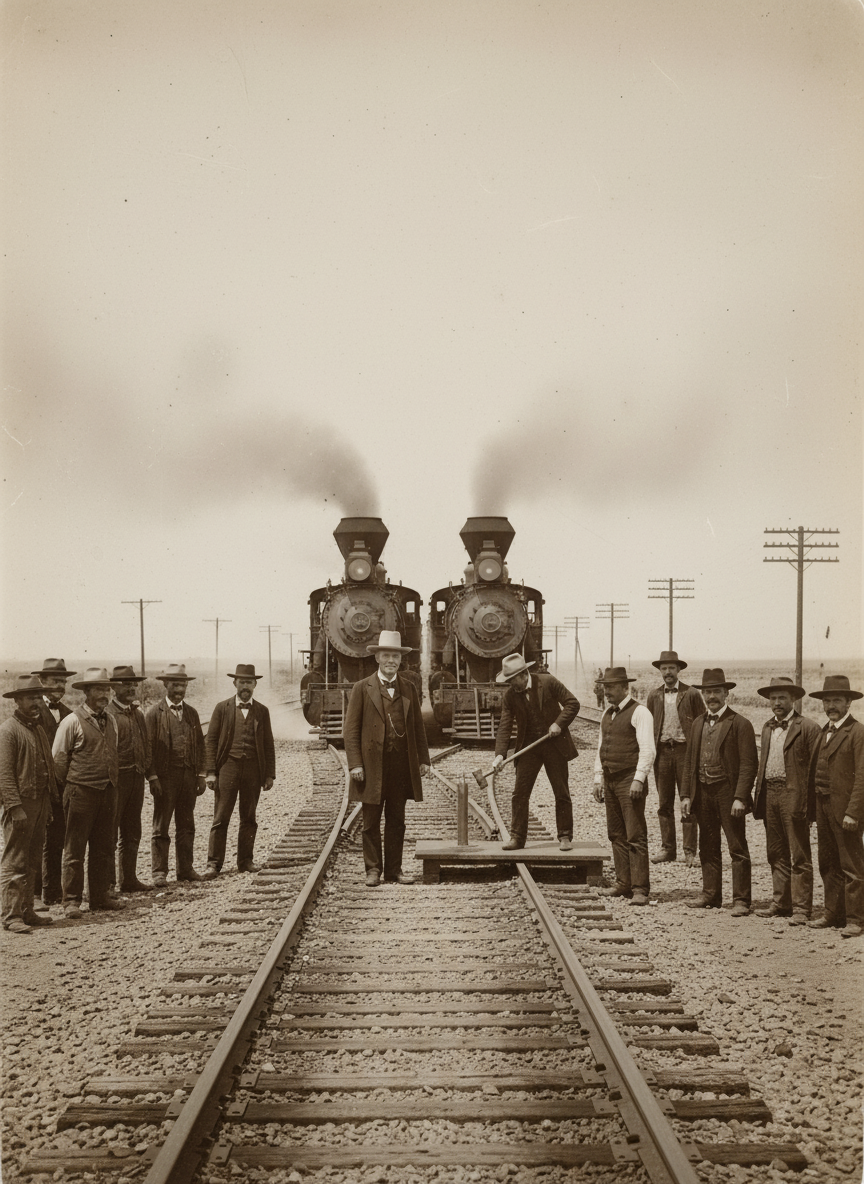
The Transcontinental Railroad Reaches Utah
In May 1869, the First Transcontinental Railroad in the United States was completed at Promontory Summit, Utah, just a few miles north of the provided coordinates. This momentous event marked the first time the East and West Coasts of the country were connected by a continuous railroad line, dramatically reducing travel time and costs across the nation. The final "golden spike" was driven into the last section of track, connecting the Central Pacific Railroad from the West and the Union Pacific Railroad from the East. This achievement was the culmination of years of planning, engineering, and backbreaking labor, and it transformed the economic and social landscape of the American West. The location near Promontory Summit played a pivotal role in this historic moment that ushered in a new era of transportation and commerce for the United States.
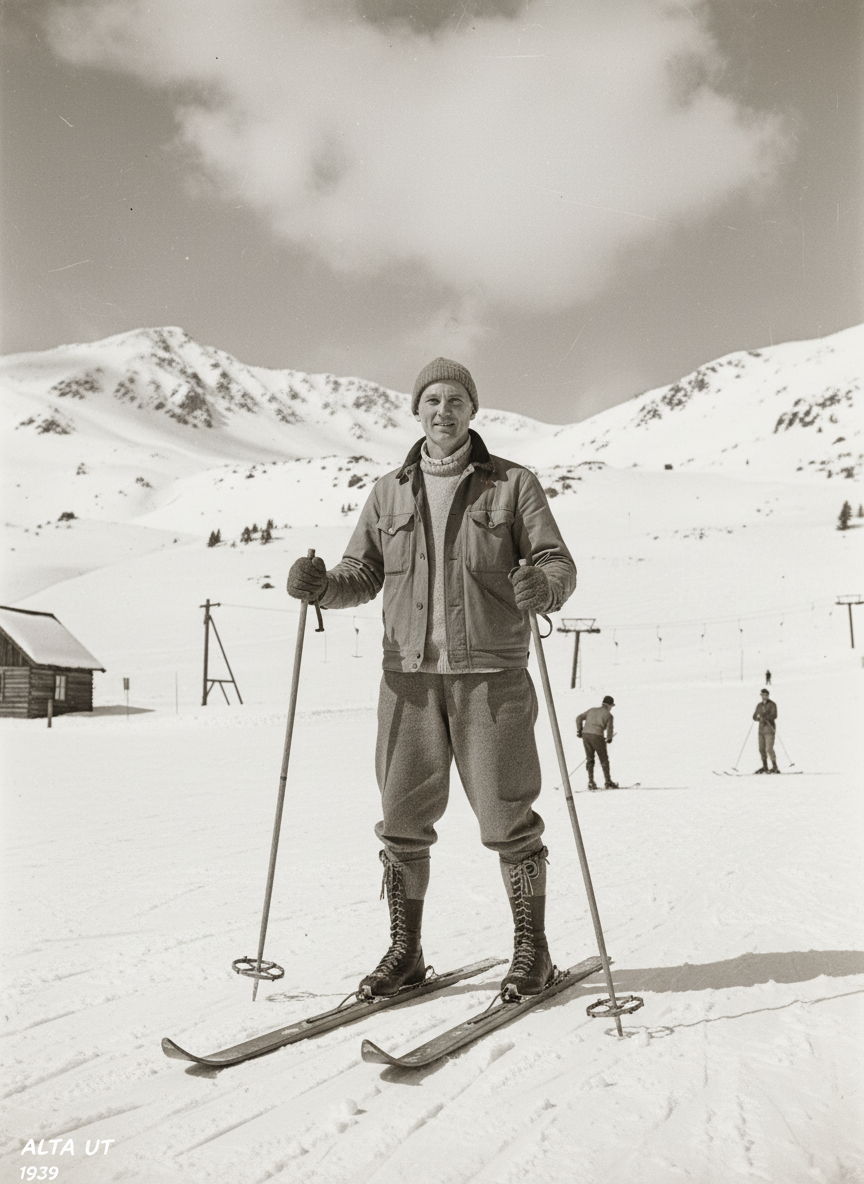
Founding of Alta Ski Resort
In 1939, a group of skiing enthusiasts discovered the powder-laden slopes of the Wasatch Range near the town of Alta, Utah. Recognizing the area's potential for world-class skiing, they established the Alta Ski Area, one of the first ski resorts in the western United States. Over the following decades, Alta grew into a renowned destination for skiers and snowboarders, known for its deep, fluffy snow and challenging terrain. Today, it remains one of the most iconic and beloved ski resorts in North America, having hosted numerous winter sports competitions and attracted generations of passionate outdoor enthusiasts.

The Rise and Fall of the Merovingian Dynasty
During the 5th to 8th centuries AD, the area around the provided coordinates was part of the Merovingian Kingdom, one of the most powerful dynasties in medieval Europe. The Merovingian kings, descended from the Frankish military leader Clovis I, ruled over a large territory that covered much of modern-day France, Germany, and the Low Countries. One of the most notable Merovingian rulers was King Charlemagne, who in the late 8th century expanded the Frankish kingdom into a vast empire and was crowned the first Holy Roman Emperor. Charlemagne's capital city of Aachen, located just a few dozen kilometers from the coordinates, became a hub of political and cultural activity during his reign. However, the Merovingian dynasty eventually fell into decline, with internecine power struggles and the rise of powerful noblemen known as "mayors of the palace" weakening the monarchy. By the mid-8th century, the Merovingians had been effectively deposed, and the Carolingian dynasty, led by Charlemagne's family, took control of the Frankish realm. The legacy of the Merovingians can still be seen in the region, with numerous historic churches, castles, and other structures dating back to their era. Their influence on the political and cultural development of medieval Europe is also widely studied by historians.
Create Your Own Geo History
Join our community and start exploring the past at any location around the world.